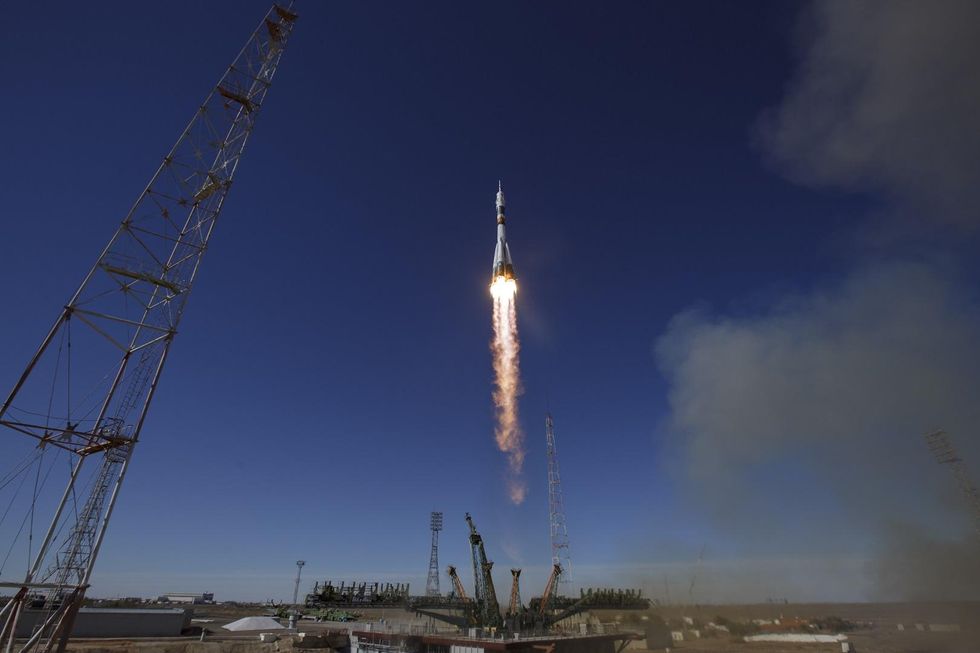NASA could be forced to fly the International Space Station remotely if the remaining crew members have to leave before the investigation into what caused a failure onboard the Russian Soyuz spacecraft is completed.
What happened?
On Thursday, a Russian Soyuz rocket malfunctioned shortly after launch. The two astronauts onboard at the time made an emergency landing and returned to Earth safely.
Since the U.S. scrapped its space shuttle program in 2011, NASA has relied on Russia to send its astronauts up to the space station. However, after Thursday's incident, the Russian space agency Roscosmos is conducting a full investigation before it will send up any additional Soyuz rockets.
The Soyuz rockets have a remarkably good track record. The last incident involving one occurred in 1983. The cosmonauts involved in that accident also survived.
While it no longer has a shuttle program, the U.S. does still send supply rockets up to the station. Two of these rockets are scheduled to launch in November from U.S. soil and will presumably still do so. The three astronauts still on the station will likely need to return to earth in December.
While more food and supplies could be sent up to the station, the Soyuz capsule docked there that would take them home has a life expectancy of roughly 200 days in orbit. If they wait too long after that, they will be stranded with no way to get back to Earth.
What else?
Space X and Boeing are both working on ships that could transport astronauts to the station without relying on the Russian space program. However, these new transport vessels won't be ready to transport astronauts to the station until at least late 2019 (August for the SpaceX Dragon and December for the Boeing CST-100 Starliner).
During a news conference on Thursday, International Space Station Operations Integration Manager Kenny Todd said that should the crew need to leave the station before a replacement crew could be sent up, the station could be piloted remotely.
He said that although it had never been done before, the station was equipped to operate without a human presence for long periods of time.







